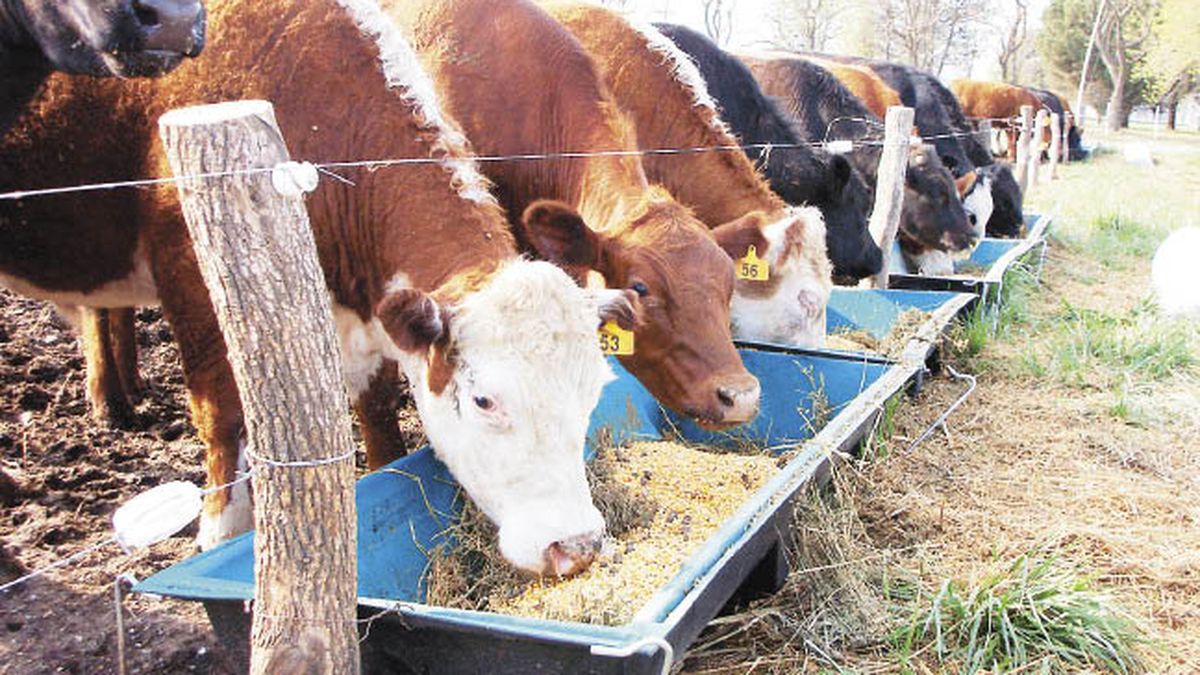In this sense, Bahillo explained that “although the proposal was well received, we continue working to improve it in the face of some requirements and requested changes,” for which he ordered the formation of a table made up of soybean chains and officials from the Undersecretary of Agriculture to take measures to avoid shortages or unjustified price increases of oilseed by-products.
As emphasized by the Government, “the second stage of the Export Increase Program aims to increase the country’s exports with a focus on strengthening the Central Bank’s reserves as well as improving the activity indices of the Argentine agro-industrial sector.” “As part of This new initiative of the National Government contemplates concrete measures for the soybean chain in order to avoid shortages for producers as well as unjustified price increases”, they add.
In this way, it is expected that in the coming weeks the meetings with the various actors in the chain will continue to advance the compensation system. On the other hand, looking ahead to next year, the sector of regional economies awaits a drop in withholdings for certain strategic activities, as Massa announced when presenting the new edition of the soybean dollar, which will be valid until December 30.
So far the balance of the Government is more than positive. Between Monday and Tuesday, the first two days of the Program’s entry into force, almost US$500 million entered and the producers sold some 500,000 tons of soybeans. Meanwhile, this Wednesday the inflow of foreign currency, only for the soybean dollar, was US$87.5 million, so the accumulated figure for the week shows almost US$600 million.
The data that the Government closely monitors is also the price that the producer is receiving in the domestic market. The official intention is for the primary sector to receive a value in the order of $85,000 per ton, that is, an additional $15,000 from what it was worth a week ago, when the soybean dollar was not in good shape. In the immediate future, the value has been fulfilled and even one company in particular paid up to $88,000 per ton, while agro-export companies receive $230 per dollar.
If the current scenario continues, the ruling party’s bet is to widely exceed the agreement with agro-exporters that they enter US$3,000 million until December 30. That is why they are betting that producers with a good value get rid of the 11 million tons of grain that they still keep in their silos, which would yield an estimated foreign exchange income of more than US$5.5 billion.
Source: Ambito
David William is a talented author who has made a name for himself in the world of writing. He is a professional author who writes on a wide range of topics, from general interest to opinion news. David is currently working as a writer at 24 hours worlds where he brings his unique perspective and in-depth research to his articles, making them both informative and engaging.




